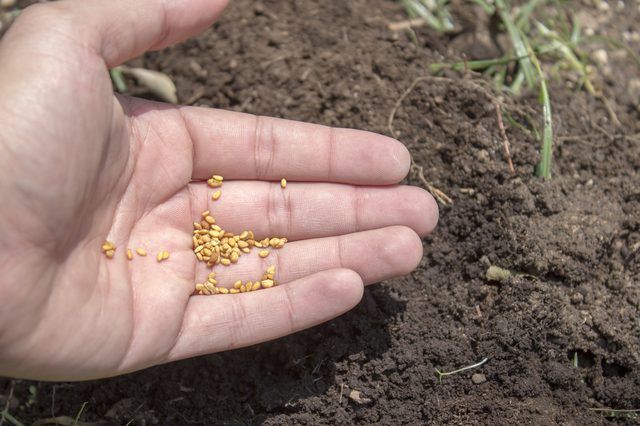Bulbs
Flower Basics
Flower Beds & Specialty Gardens
Flower Garden
Garden Furniture
Garden Gnomes
Garden Seeds
Garden Sheds
Garden Statues
Garden Tools & Supplies
Gardening Basics
Green & Organic
Groundcovers & Vines
Growing Annuals
Growing Basil
Growing Beans
Growing Berries
Growing Blueberries
Growing Cactus
Growing Corn
Growing Cotton
Growing Edibles
Growing Flowers
Growing Garlic
Growing Grapes
Growing Grass
Growing Herbs
Growing Jasmine
Growing Mint
Growing Mushrooms
Orchids
Growing Peanuts
Growing Perennials
Growing Plants
Growing Rosemary
Growing Roses
Growing Strawberries
Growing Sunflowers
Growing Thyme
Growing Tomatoes
Growing Tulips
Growing Vegetables
Herb Basics
Herb Garden
Indoor Growing
Landscaping Basics
Landscaping Patios
Landscaping Plants
Landscaping Shrubs
Landscaping Trees
Landscaping Walks & Pathways
Lawn Basics
Lawn Maintenance
Lawn Mowers
Lawn Ornaments
Lawn Planting
Lawn Tools
Outdoor Growing
Overall Landscape Planning
Pests, Weeds & Problems
Plant Basics
Rock Garden
Rose Garden
Shrubs
Soil
Specialty Gardens
Trees
Vegetable Garden
Yard Maintenance
How to Fix Tire Marks in a Lawn
How to Fix Tire Marks in a Lawn. Whether from a lawn mower or a larger vehicle, tire marks leave your lawn looking unattractive and your soil compacted. It's tempting to throw some soil in the ruts and plant more grass, but you leave the compacted soil underneath, which makes it difficult for grass to grow. Instead, repair the tire ruts in a way...
Whether from a lawn mower or a larger vehicle, tire marks leave your lawn looking unattractive and your soil compacted. It's tempting to throw some soil in the ruts and plant more grass, but you leave the compacted soil underneath, which makes it difficult for grass to grow. Instead, repair the tire ruts in a way that improves the structure of the soil and the health of the grass.
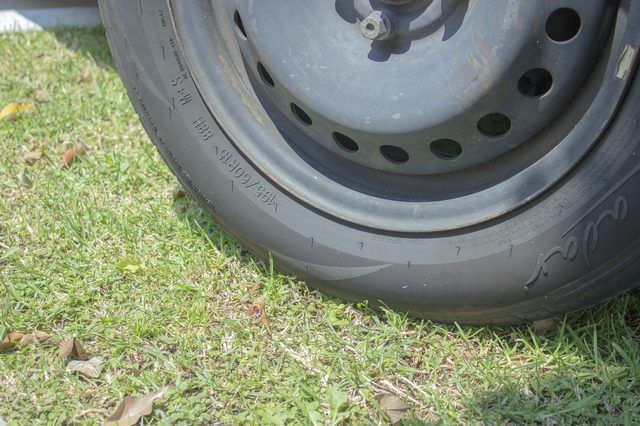
Mowing or rolling heavy objects across a wet lawn can create ruts. Ruts are also created by mowing the lawn in the same direction each time, as the soil eventually becomes compacted. To eliminate this problem, it's best to mow when the lawn is dry and change your mowing pattern each time you mow and do not drive vehicles across the lawn.
The type of grass you have will dictate when it's best to repair the ruts, as it's best to do the repair when the grass is strongest. If growing warm-season turf grass, filling in the ruts is best done in early spring. If growing cool-season turf grass, repair the ruts in early fall. If the area requiring repair is small and the grass is a cool-season type, you can also do the repair in mid- to late spring.
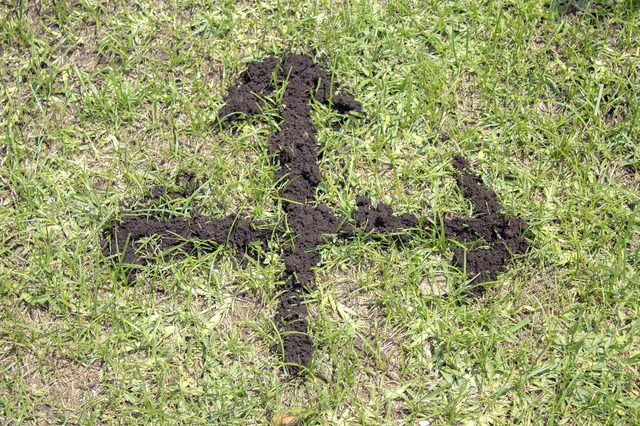
Before you fill in the rut, you need to loosen up the compacted soil in the area. For a shallow rut only a few inches deep with grass, a spading fork will do the trick. Insert the fork at a 45-degree angle along the edges of the ruts to get under the compacted soil and lift the turf so it is approximately 1 to 2 inches above the existing grade. The grass should settle to the height of the existing turf.
If the rut is more than 4 inches deep, you may need to remove the surrounding sod and loosen the existing soil before adding new. Use an edger or spade and cut around the sod covering the rut and fold it back onto the lawn. Loosen the soil with the spade or spading fork before filling the area with more soil
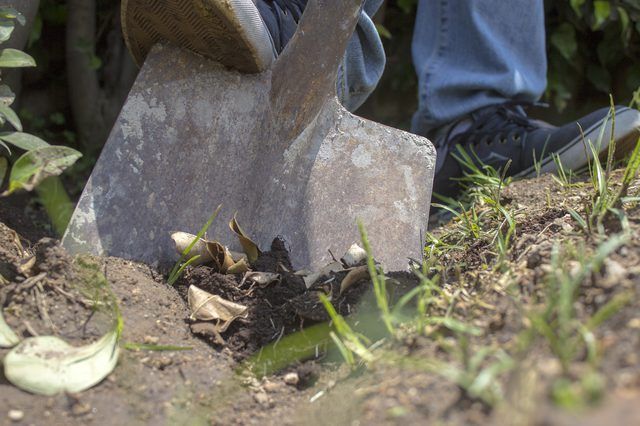
To create a soil mixture to fill in the ruts, use equal portions of planting soil and either compost or sand. Mix the soil ingredients together before applying into the rut. You can do a soil test to determine which soil mixtures are best suited for your particular area.
Once you loosen the soil, add the new soil mixture to the rut so it is about 1 to 2 inches higher than the ground surrounding it. Flip the removed sod back in place and water in well. As the soil settles, the repaired area will sink and be level with the rest of the lawn. If the repaired grass is still slightly higher than the remainder of the lawn and the area hasn't settled, use caution when mowing so you do not scalp the grass.
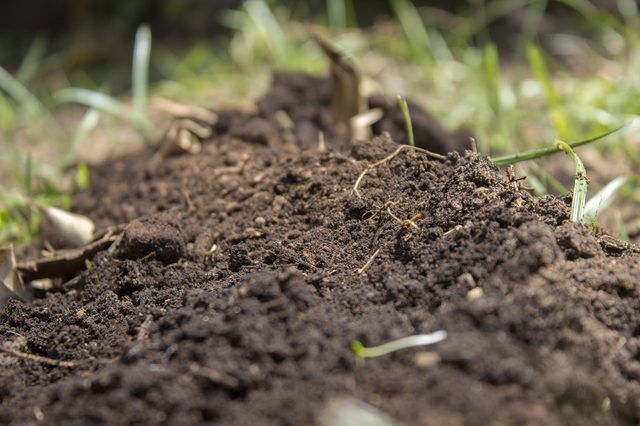
If the grass isn't damaged in the rutted area, you can cut it back with a spade and put it back in place once you're done with the repairs. If the grass was torn up, you'll need to regrow it. For a quick fix, install strips of sod to fit in the area. If you don't mind waiting, you can reseed the area so the grass regrows. Keep traffic away from the repaired areas while the grass regrows.
